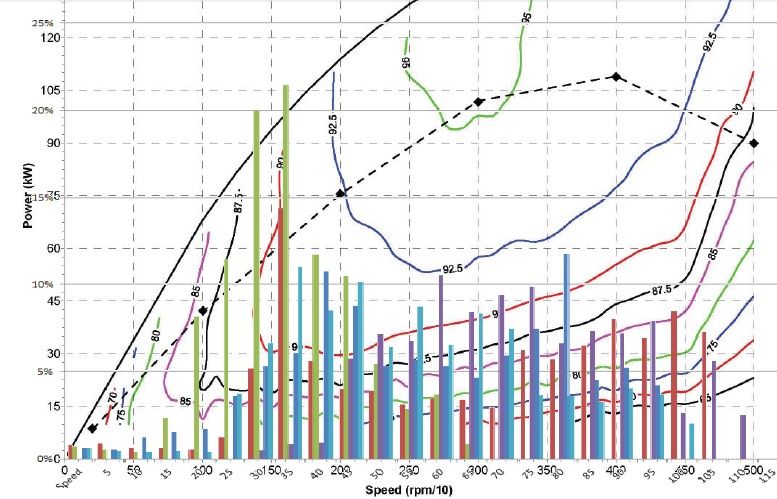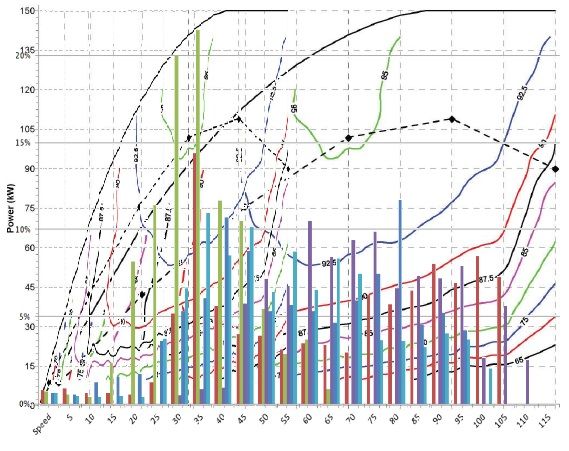_________________________________________
The gear train in FE is subject to high torque over a wider rpm band than in comparable IC applications.
(I pointed this out in my original notes and presentation on FE to the FIA in 2010 along with the suggestion of using replaceable side pod batteries to be replaced in pit stops to give the required range.)
Because of this and the need to reduce load during gear shifts and to reduce gear side loads the gear teeth are cut closer to strait cut than would normally be the case in an IC road car lay shaft gearbox or even a racing IC gear train.
This is to give more area of tooth contact and hopefully better reliability with less gear tooth and bearing wear.
Over many years of development IC race car gear trains arrived at a reasonable angle of gear cut that satisfied the need for acceptable side loads, efficient torque transfer and acceptable noise levels. (full strait cut gears scream)
In IC race car gear trains there is still of course more gear noise than in road car gear trains, however the ear damaging engine noise usually covers up the problem and on media sound transmission the compression of the over all sound file will then result with the gear frequencies sent way back in the file mix. (you wont hear it over the engine noise distortion)
It is all a result of using an obsolete lay shaft gearbox for a 21st century power train application.
Almost all industrial and model electric motor applications where a reduced rpm is needed use a planetary reduction gear set.
These sets can be almost silent in operation.
All you need for FE is a modern concept gear train that uses planetary gear sets without the losses associated with hydraulic and mechanical shift systems.


